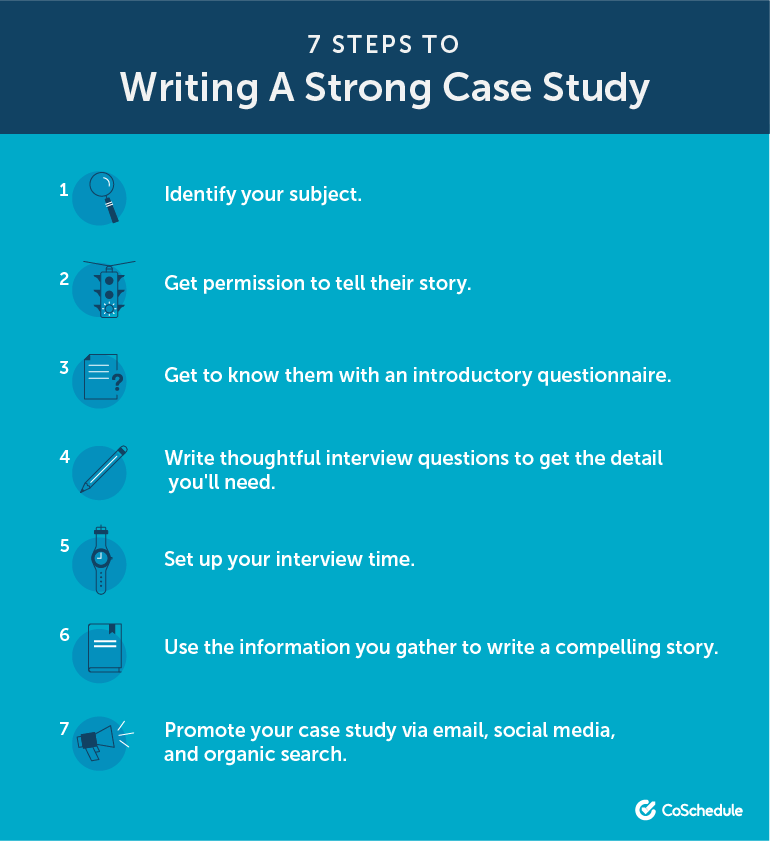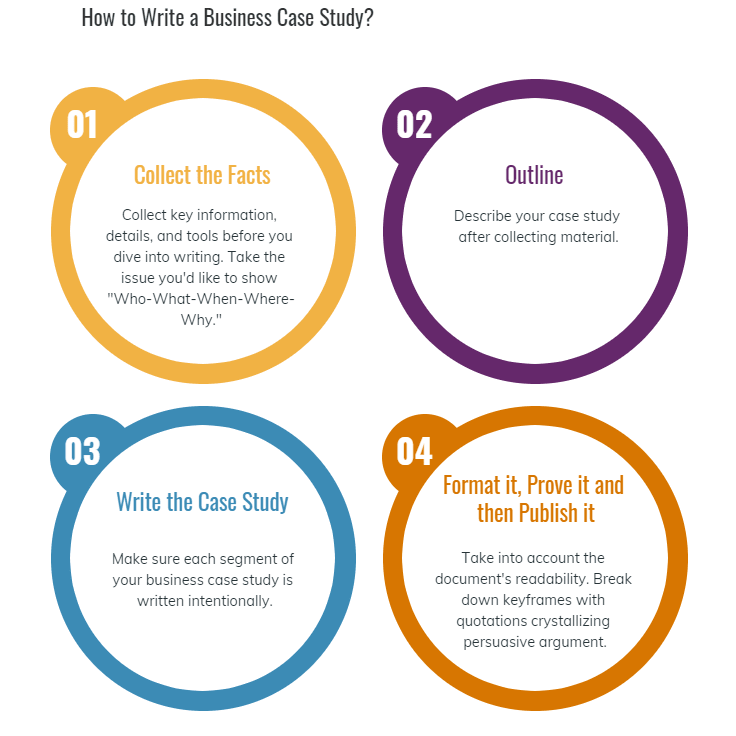Learning how to write a case study is essential for any writer, and it can be tricky if you don’t have the proper writing skills. Case studies can be written in the first person or the third, but the majority of cases use a combination of the two. In this article, we’ll go over the different techniques to use when writing a case study. Once you’ve mastered these techniques, you’ll be able to write an excellent case study for your next job application.
Logic
Logic is the study of correct reasoning and good arguments. While logic is often defined in a narrow sense, it can be broadly defined as the study of formal logic. Formal logic investigates the truth or falsity of arguments. It defines logical reasoning by considering how a set of premises can lead to a logical conclusion. There are three main types of logic: declarative, strategic, and formal. Whether an argument is true or false depends on how it is formulated and how its components are combined.
Storytelling
While writing case studies, there are several different aspects of storytelling that you should pay attention to. Incorporate details that readers can relate to, such as the company’s name and target audience. Also include the specifics of the project, such as its importance and the process/task involved. Finally, make sure to weave in a call to action or other relevant information at appropriate points. By doing this, you’ll make the case study more compelling to your audience and give yourself a competitive edge in the market.
Focus
There are several ways to focus a case study in college. A social psychology focus can include questioning assumptions and ignoring other factors. Social psychology may also focus on the power relationships between individuals and groups or on the specific aspects of an environment, such as the socioeconomic status. Social psychologists also often test their theories using case studies. However, these techniques may be overly simplistic for the discipline. When using a case study in college, it is crucial to ensure that the research questions are both relevant and based on the actual experience of the people involved in the study.
Include real numbers
Using real numbers in your case studies can make them more persuasive and convincing. In most cases, businesses use vague or non-specific numbers to illustrate their results. However, it’s more effective to use specific numbers to demonstrate your case study’s effectiveness. Here are some tips for presenting real numbers:
Easy to read
The first thing to note about easy to read case studies is their format. Many case studies follow the same format, with bullet points that outline the entire case. This makes them easy to read, and they don’t include overly artistic additions that can make them hard to comprehend. In fact, many of them are quite short and aren’t difficult to find. A good case study should be easy to understand, even if the writer’s style doesn’t necessarily match the brand’s aesthetic.
Format
The most basic case study format involves storytelling, with concrete narrative detail. Case studies often have a main character or protagonist. The narrative can be structured like a 3-act structure, with an introduction, rising action, climax, and a fall-down action to reach a conclusion. The case study should also address the research process, giving the reader a context for the decisions made in the study. The case study should be as concise as possible and should not exceed 500 words.





